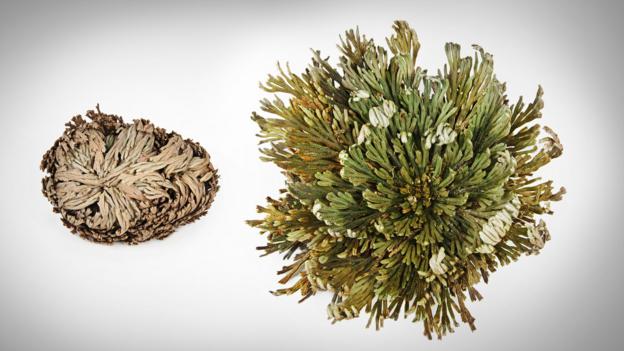This is a secondary blog, inspired by Bengoldacre.posterous.com, where Ben Goldacre "witters on and on and on about things that are too long to post on twitter and not clever enough to post on [his] main blog at www.badscience.net". TALKING PLANTS TOO is a scrapbook of ideas for TALKING PLANTS proper and for other stuff … including direct reproduction of posts I just can't bear to not find again (with URL up front, hopefully sufficient attribution given the low readership of this blog...)
Thursday, December 31, 2015
Lechenaultia v. Leschenaultia
Australian National Botanic Gardens website
The correct spelling of the generic name, Lechenaultia, is open to some argument. It was named after Leschenault de la Tour, a botanist who visited Australia in 1802-3. However, when Robert Brown, an early botanist first published the name he spelt itLechenaultia, omitting the 's'. The spelling without the 's' is considered valid by Australian taxonomists.
Australian Native Plants Society (Australia) website
The spelling of Lechenaultia without an "s" (as might be expected from the name "Leschenault") is a result of an error when the genus was first described.
Australian Native Plants Society (Australia) website 'What's in a Name'
Bank's French counterpart was probably Jean-Baptiste Louis-Claude-Theodore Leschenault de la Tour, who spent three years as a botanist to a scientific expedition which began in 1800. Such a grand name should belong to a grand plant, but in fact it is a group of sun-loving rockery plants that bears his name. A mixup in botanical nomenclature has Lechenaultia spelt without an "s", but no doubt he would still be glad to be remembered by the gorgeous blue-flowered Lechenaultia biloba, or by Lechenaultia formosa, with its red, orange, pink and bi-coloured forms.
Wednesday, December 30, 2015
Resurrection plants future of food?
When she was a child, Jill Farrant, a molecular physiologist based at the University of Cape Town, came across an unusual plant. It seemed dead, yet when the rain fell from the sky, it sprung back to life. Her father didn’t believe her.
What Farrant saw was a “resurrection plant”, which can survive with no water for months to years. Seeing how quickly the plants recover is remarkable sight (Watch a timelapse in the video above at 1:30).
Now Farrant hopes to tap these abilities to transform food production. Resurrection plants have many of the same genes in their roots and leaves as seeds, so now she is trying to work out how to switch those genes in wheat, rice and maize crops so that they can survive droughts. See her explain how in the video at the top of the page.
Resurrection plants come back to life within 24 hours - watch the video above to see how (Credit: SPL)
The video above is part of a series called The Genius Behind: The most amazing and sometimes little known technological and scientific breakthroughs of modern times, and the innovative minds behind them.
Subscribe to:
Comments (Atom)


